ANIMALS
North American Wolverines Listed As Threatened In The Contiguous US Due To Climate Change
Published
7 months agoon
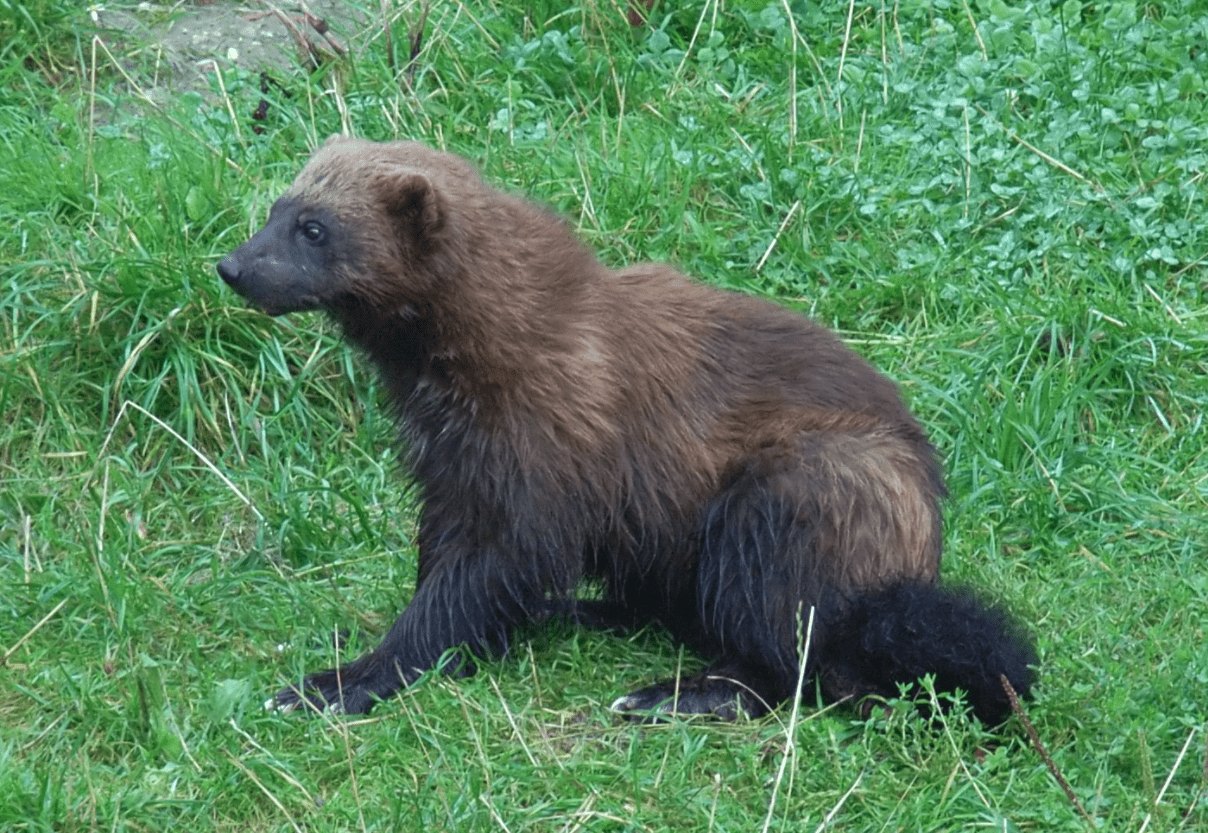
More From Local News X
-


Urso the Maned Wolf Celebrates 2nd Birthday at Woodland Park…
-


Alligator Rescued on Anna Maria Island in Florida. The Alligator…
-
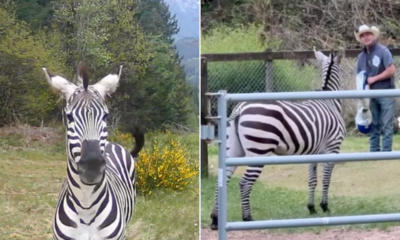

Last Zebra Recaptured In Washington State After Four Escaped From…
-


Georgia Mascot UGA X, Known As ‘Que’ Dies With Winningest…
-
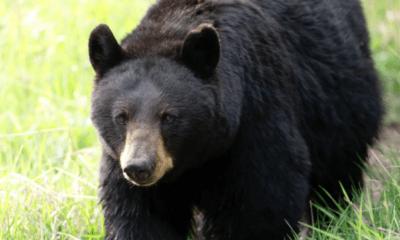

Bear Euthanized After Being Shot By Man Bitten While Protecting…
-


Alicia Silverstone And Son Bear Star In PETA Anti-Dissection Campaign…
-


Police Seek Public’s Help Finding Stolen Puppy In Washington, DC,…
-
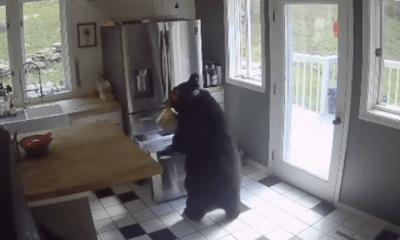

Black Bear Breaks Into Connecticut Home, Stealing Lasagna From Freezer…
-
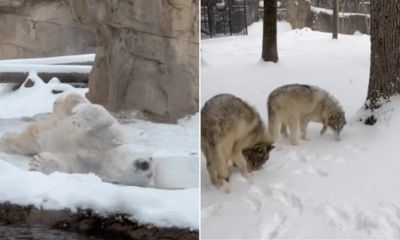

Polar Bear Rolls In Snow As Wolf Pack Experiences It…
-
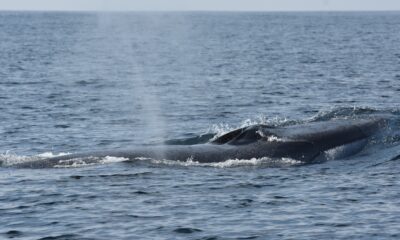

More: Population Of Fin Whales Identified Living Year-Round In New…
-


Burrowing Ghost Shrimp Cause ‘Mini Volcano’ Phenomenon During Low Tide…
-


US Clones 2 More Endangered Black-Footed Ferrets, Noreen And Antonia
